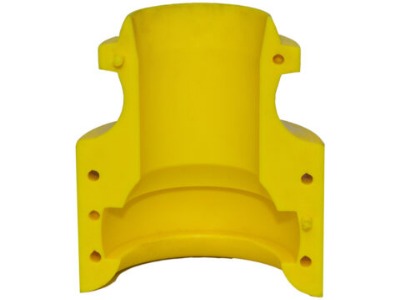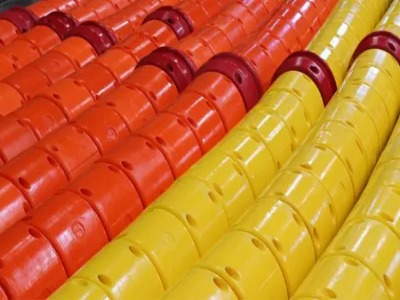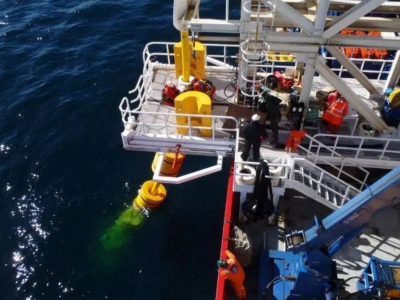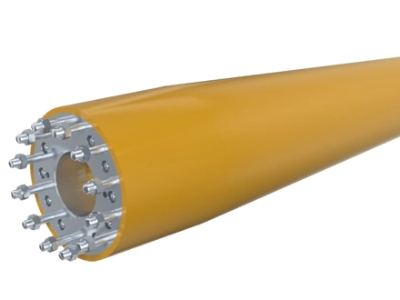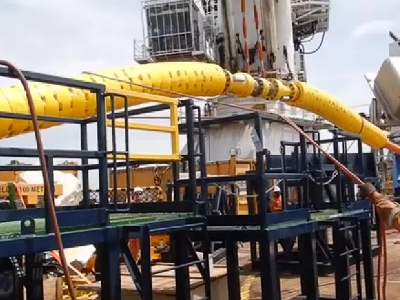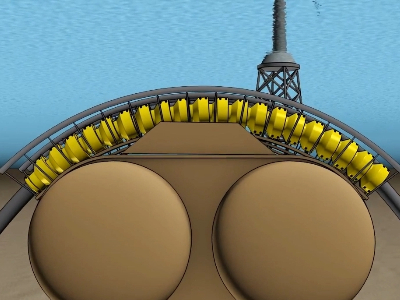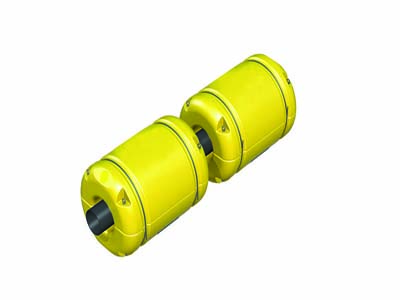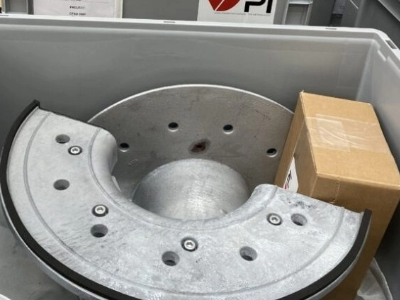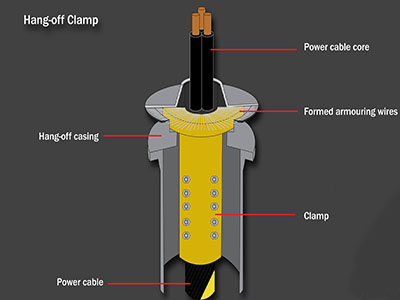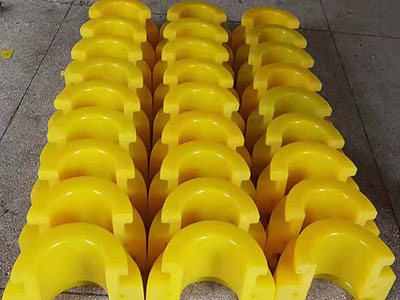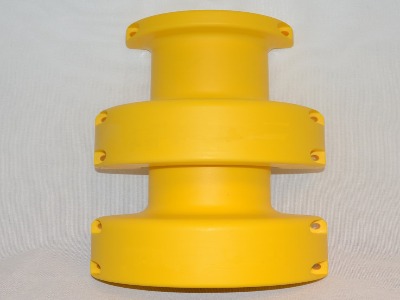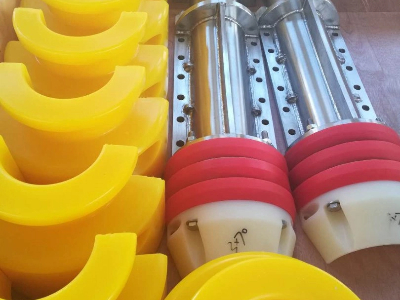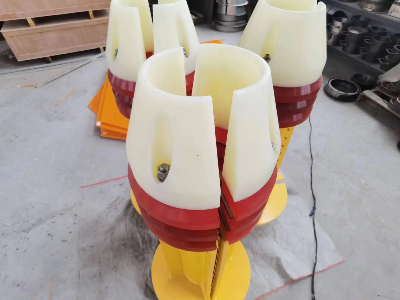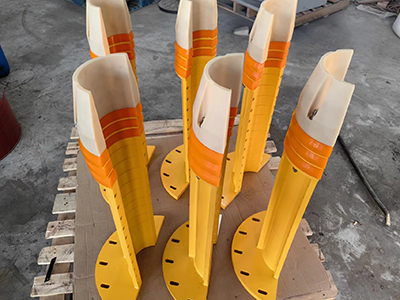In oil, gas, and geothermal drilling operations, the quality of well construction directly determines the safety, efficiency, and productivity of the entire project. One of the most crucial — yet often overlooked — components in this process is the centralizer. Though small, this device plays a major role in ensuring that casing and cementing operations are carried out properly and effectively.
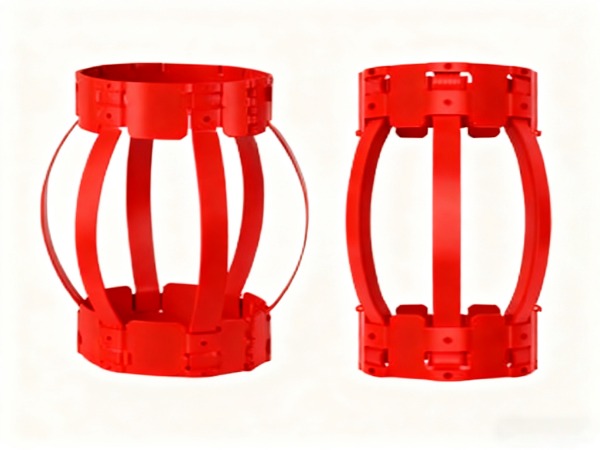
1. Definition and Core Function
A centralizer is a mechanical device installed around the casing or liner to keep it centered inside the borehole during the cementing process.
Its main function is to ensure a uniform annular gap between the casing and the wellbore wall. This allows cement to flow evenly around the casing, forming a complete and continuous sheath that provides zonal isolation and well integrity.
Without a centralizer, the casing could rest against the borehole wall on one side, resulting in poor cement placement, incomplete coverage, and possible gas or fluid migration between formations.
2. How a Centralizer Works
When the casing is lowered into the wellbore, gravity and borehole deviation cause it to shift to one side. The centralizer acts as a spacer and guide, holding the casing in the center of the hole.
This positioning ensures that cement slurry circulates evenly throughout the annulus, displacing drilling mud and filling any voids. The result is a strong, uniform cement bond that supports the casing, seals off formation fluids, and stabilizes the wellbore.
3. Types of Centralizers
Depending on well design, formation conditions, and deviation angle, engineers can choose from several centralizer types:
Bow-Spring Centralizers:Made from flexible steel bows that compress during casing insertion and expand once in place. Ideal for vertical and slightly deviated wells.
Rigid Centralizers:Manufactured from steel, aluminum, or composite materials, offering a fixed stand-off. Commonly used in horizontal or extended-reach wells where strong lateral support is required.
Spiral Centralizers:Feature helical blades that enhance mud removal and reduce drag, improving cement displacement efficiency.
Molded or Polymer Centralizers:Made from high-strength polymers or composite materials, combining wear resistance, low friction, and corrosion protection.
4. Importance in Cementing Operations
Proper centralization directly affects the success of primary cementing, which is the foundation of well integrity. Poor centralization can lead to:
Channeling and poor cement coverage
Gas migration and fluid communication between zones
Corrosion and casing collapse
Costly remedial cementing or well abandonment
By maintaining uniform standoff, centralizers help achieve effective mud displacement, strong cement bonding, and long-term well stability.
5. Design and Material Considerations
Centralizers must withstand downhole conditions such as high pressure, temperature, and chemical exposure.
When selecting a centralizer, engineers consider:
Casing size and weight
Borehole geometry and deviation
Cementing rate and mud properties
Required stand-off percentage
Modern designs often include low-friction coatings, spiral blades, or integrated stop collars for better performance and easier installation.
Conclusion
A centralizer may appear to be a simple tool, but its impact on drilling and cementing operations is profound. It ensures accurate casing alignment, promotes high-quality cement bonding, and protects the well from leaks and mechanical failures.
In essence, centralizers are the guardians of well integrity — small in size but indispensable to the success and safety of modern drilling operations.

